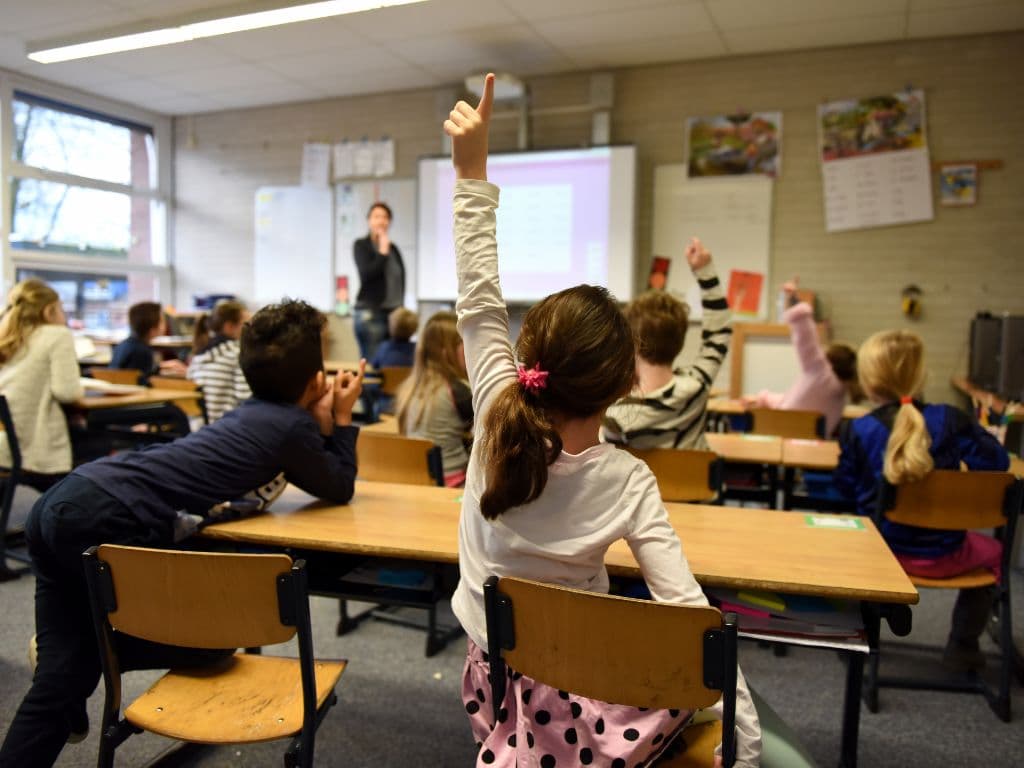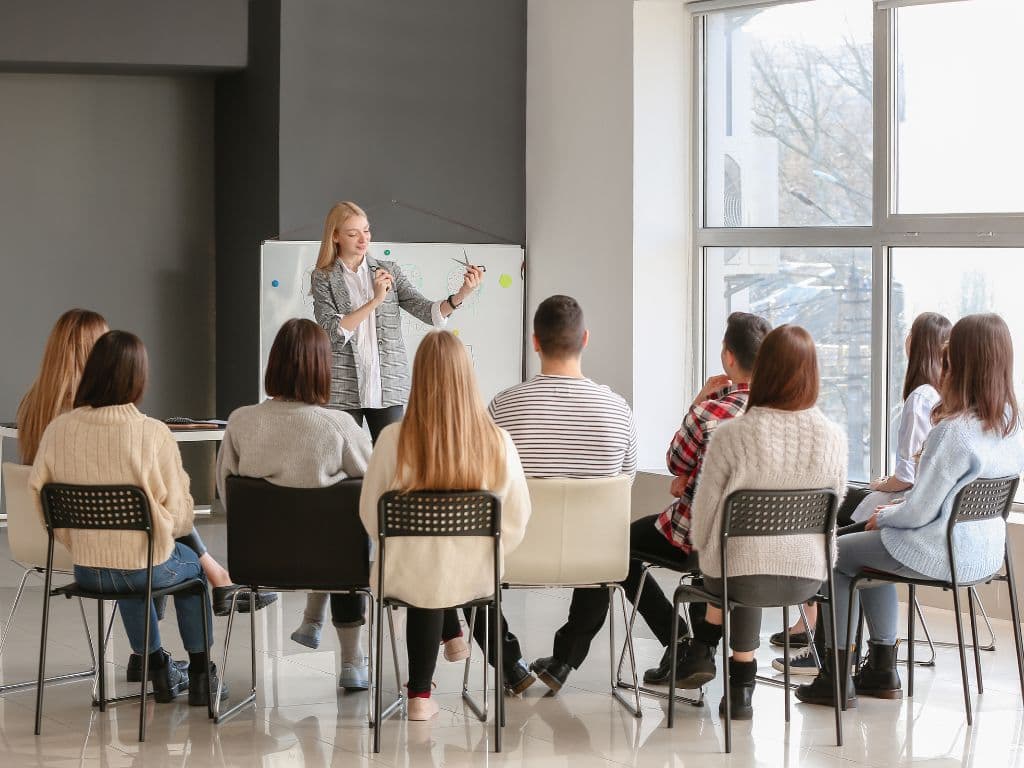Arts education nurtures creativity, fosters self-expression, and unlocks student potential in the culturally rich landscape of New York City. As an artistic capital, NYC has an opportunity to infuse its educational system with diverse artistic disciplines like visual arts, music, dance, and theater.
This article explores the significance of arts education in NYC schools and highlights successful programs, initiatives, and strategies contributing to its growth and evolution.
Importance of Arts Education in NYC Schools
Arts education represents an essential component of a comprehensive education rather than merely an extracurricular activity. Its benefits encompass cognitive, social, emotional, and cultural aspects. Artistic pursuits develop critical thinking skills, creativity, self-discipline, and a deeper appreciation for cultural diversity in students.
In a diverse city like New York, arts education fosters cultural understanding and inclusivity. Exploration of various artistic forms provides students with insights into different cultures, traditions, and perspectives, cultivating empathy and respect for diversity. Furthermore, arts education positively impacts academic achievement.
Students involved in the arts demonstrate improved overall performance, enhanced problem-solving abilities, and stronger communication skills, contributing to their academic success and future endeavors.
Successful Programs and Initiatives
NYC’s commitment to arts education is evident through various successful programs and initiatives that have been implemented in schools across the city.
Arts Instruction Provided in District 75
District 75 is a specialized district that provides educational services to students with disabilities. In recognition of the transformative power of arts education, the district has integrated arts instruction into its curriculum. This initiative not only fosters creativity and self-expression but also promotes social-emotional learning and enhances communication skills among students with diverse abilities.
Quality of Arts Education
The NYC Department of Education has established the Office of Arts and Special Projects to ensure the quality of arts education. This office oversees policy implementation, provides professional development opportunities for arts educators, and collaborates with cultural institutions to enrich students’ artistic experiences.
Student Participation in the Arts
NYC schools have experienced a significant increase in student involvement in the arts. Programs such as the Annual Arts and Literacy Fair, which exhibit student artwork and literary works, have played a vital role in promoting and honoring student creativity. Additionally, initiatives like the NYC School Art Principles encourage collaboration between schools and museums, providing students with access to a wealth of artistic resources.
Mike Hanson, the owner of multmetric.com, height comparison tool, thinks that student participation in the arts is a vital aspect of a well-rounded education. He believes that engaging in artistic pursuits not only fosters creativity and self-expression but also contributes to the development of crucial skills such as problem-solving, critical thinking, and effective communication.

Impact of Arts Integration on Student Achievement
Numerous studies have shown that incorporating arts education into the curriculum can have a positive impact on student achievement. Effective arts integration can lead to improved academic performance, increased engagement, and higher attendance rates. The interdisciplinary nature of arts education enables students to make connections between different subjects, enhancing their ability to think critically and develop problem-solving skills.
Strategies for Enhancing Arts Education
While NYC has made significant strides in promoting arts education, there is always room for improvement and expansion. The following strategies can contribute to further enhancing the role of arts education in NYC schools.
| Strategy | Description |
|---|---|
| Supporting Quality Teaching | Invest in high-quality professional development opportunities for arts educators Provide ongoing training, workshops, and resources Foster collaboration between arts educators and subject matter experts for interdisciplinary approaches |
| Parent and Family Support | Engage parents and families in the arts education process Organize exhibitions, performances, and community events to showcase student talent Provide resources and workshops for parents to support their children’s artistic pursuits at home |
| Arts and Cultural Community Support | Strengthen partnerships between schools and cultural institutions (museums, theaters, galleries) Provide students with exposure to professional artists, hands-on workshops, and immersive artistic experiences Inspire students to explore various artistic careers through these collaborations |
The Role of Professional Learning in the Arts
Professional learning opportunities are crucial for ensuring the continued growth and development of arts education in NYC schools. By providing ongoing training and professional development for arts educators, the city can foster innovative teaching practices, promote cultural competency, and stay abreast of the latest trends and advancements in the field.
Furthermore, professional learning communities can serve as platforms for arts educators to share best practices, collaborate on interdisciplinary projects, and engage in peer-to-peer learning. These collaborative efforts not only strengthen the quality of arts education but also foster a sense of community and support among educators.
Case Studies: Exemplary Arts Education Programs
NYC is home to numerous exemplary arts education programs that have made a significant impact on students’ lives. One such program is the LeAp (Learning through an Expanded Arts Program) initiative, which integrates arts education into the core curriculum of participating schools. Through this program, students have the opportunity to explore various artistic disciplines while simultaneously developing critical thinking, problem-solving, and communication skills.
Another noteworthy program is the Bronx Museum of the Arts’ Youth Scholars program, which provides underserved high school students with immersive art experiences and mentorship opportunities. This program not only exposes students to diverse artistic practices but also equips them with valuable skills for future academic and professional pursuits.

Conclusion: Advancing Equity and Excellence in Arts Education
Arts education in NYC schools is more than just an extracurricular activity; it is a fundamental component of a comprehensive and equitable education. By fostering creativity, self-expression, and cultural understanding, arts education plays a vital role in shaping well-rounded individuals who are prepared to navigate the complexities of an increasingly diverse and interconnected world.
As NYC continues to prioritize arts education, it is essential to adopt a multi-faceted approach that encompasses quality teaching, community engagement, and strategic partnerships. By investing in professional development opportunities, forging collaborations with cultural institutions, and empowering parents and families, the city can ensure that all students have access to high-quality arts education, regardless of their socioeconomic background or geographic location.
Ultimately, the role of arts education in NYC schools extends beyond the classroom; it is a catalyst for personal growth, cultural enrichment, and the cultivation of a more equitable and inclusive society. By embracing the transformative power of the arts, NYC can inspire generations of students to unlock their creative potential and contribute to the vibrant tapestry of the city’s artistic landscape.